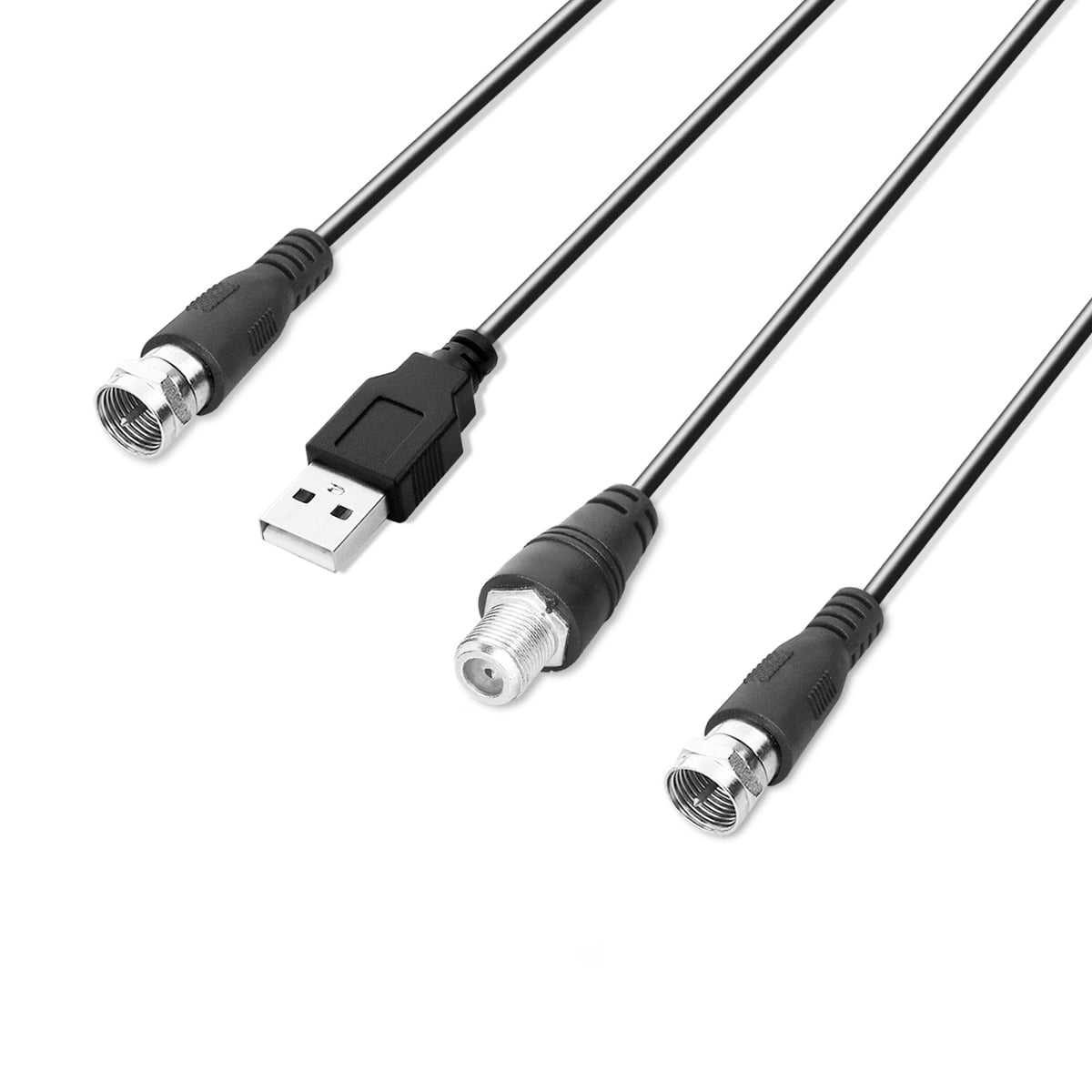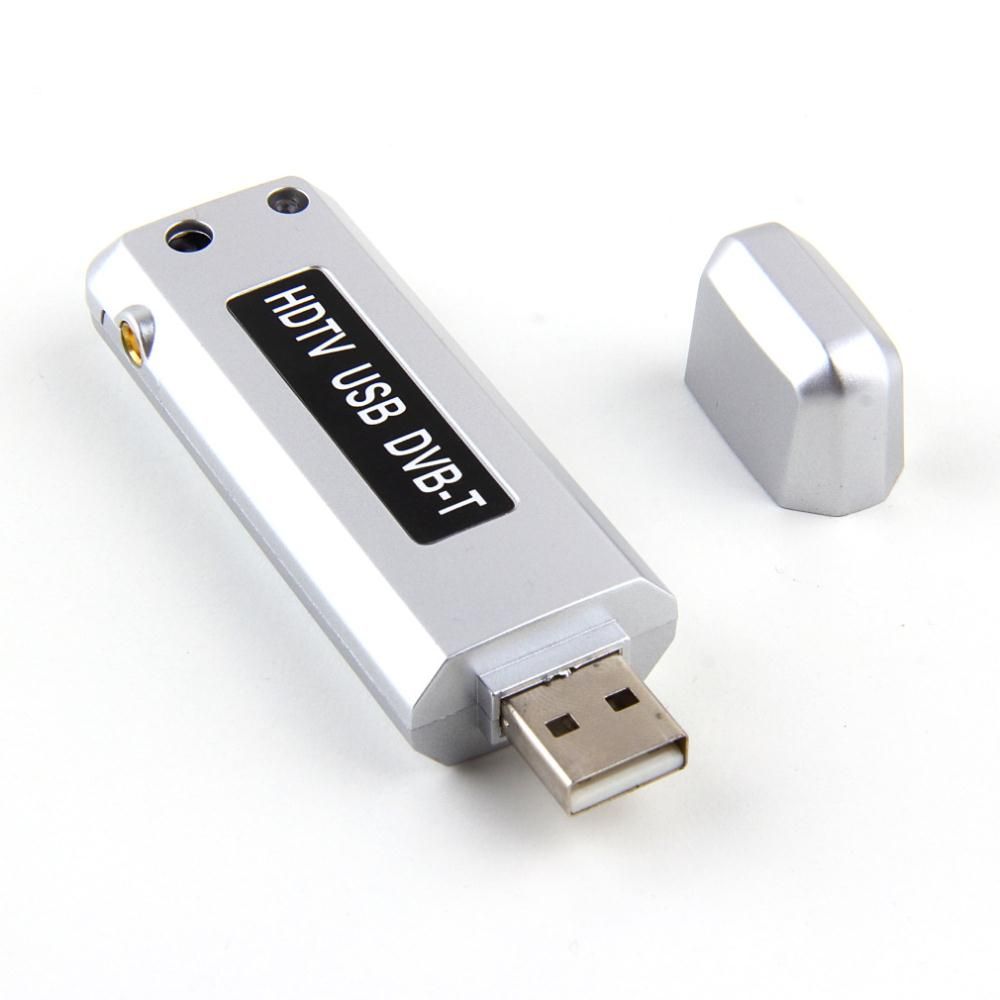

While today's rotors are more high-tech and might seem like a cheap way to get reception from two broadcast locations, it’s a non-starter when using a DVR, or even some digital TVs. Those of you who watched OTA TV in your youth might remember a 'dial' sitting next to the TV set which was a rotor controller:

What to Avoid: Antenna Rotors (or Rotators)Īntenna rotors (or rotators) are devices that allow you to mechanically adjust an antenna’s direction, without needing to climb up on the roof. Using a combiner is as easy as plugging the coax cables from the two antennas into the combiner device and then using a third coax cable from the combiner to connect to the Tablo OTA DVR or TV. Combiners (which cost about $20) merge the two sets of signals into a single stream of TV. Then, you just need a 2-way OTA combiner to connect these two antennas to an OTA DVR like Tablo or to your TV, so you can easily watch channels from either set of towers. In cases like this, the best option for cord cutters is to employ two uni-directional antennas: one antenna pointed at the Detroit towers, and the other at the Windsor towers across the river. That being said, the towers are positioned as much as 180 degrees apart in some instances.īut don’t worry, the right antenna setup makes it possible to get rock solid reception from both sides of the border at the same time! So what happens when towers located more than 40 degrees apart like they are in the border cities of Detroit, Michigan and Windsor, Ontario?ĭetroit/Windsor’s local broadcast towers are well within reach of cord cutters in both the US and Canada (only 28 miles apart). Option 2 – Two Uni-Directional Antennas and a Combiner (Learn more about picking the right OTA antenna for your cord cutting needs on our OTA Antennas and Reception page.)

Some larger outdoor antennas are also multi-directional or have multiple ‘bays’ that can be pointed in opposite directions. Many ‘flat’ antennas and indoor table-top antennas include multi- or omni-directional technology. If your local towers are less than 40 degrees apart, a standard multi-directional (or omni-directional) antenna should do the job.

Option 1 – Multi or Omni-Directional Antennas Luckily cord cutters have two great options that will help ensure they get the best possible signal from all of the in-range broadcast towers in their area. The Best Antenna Setup Options to Access Multiple OTA Marketsįor most cord cutters, setting up an OTA antenna is as simple as placing it in a window or outside facing the direction of your local broadcast towers.īut when your local channels are broadcast from two disparate locations, this can pose more of a challenge, especially if you're trying to capture signals from towers located 35 miles or more away from you. However, depending on your home’s position in relation to those broadcast towers, you may need a different type of antenna or to combine two different antennas to tap into this OTA TV jackpot. Those who live in between major cities like Baltimore and Washington, or between major urban and suburban areas like New York and New Jersey, or even along the Canada/US border can access overlapping OTA broadcast regions. With the right antenna setup, coverage from multiple local OTA TV broadcast towers can dramatically increase the number of channels you can receive. If you’re a cord cutter living in a densely populated area, you might be lucky enough to access channels from multiple Over-the-Air TV markets.
#How to connect indoor usb tv antenna how to#
TV Antenna Setup: How to Access OTA Signals from Multiple Directions


 0 kommentar(er)
0 kommentar(er)
